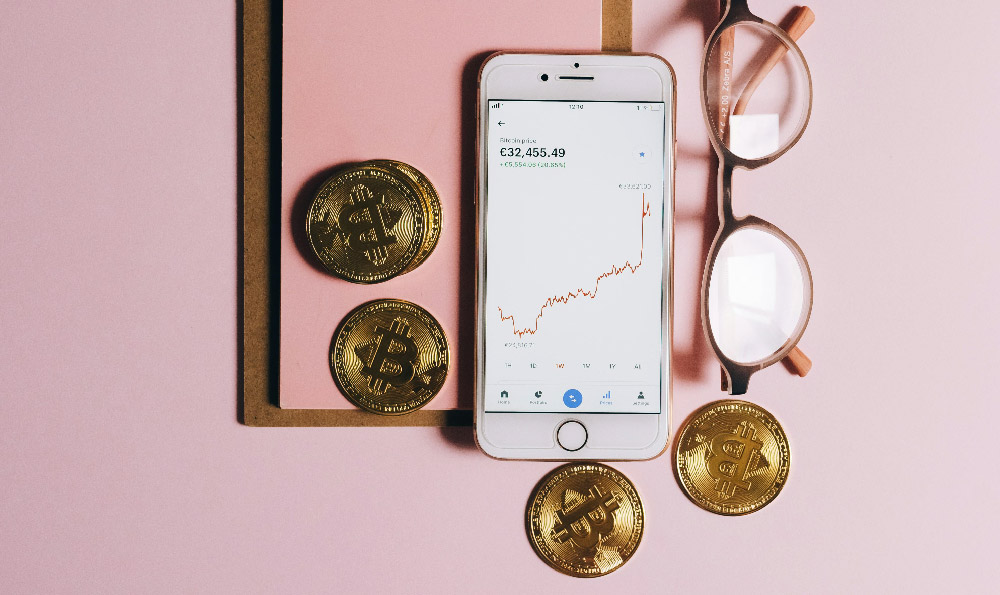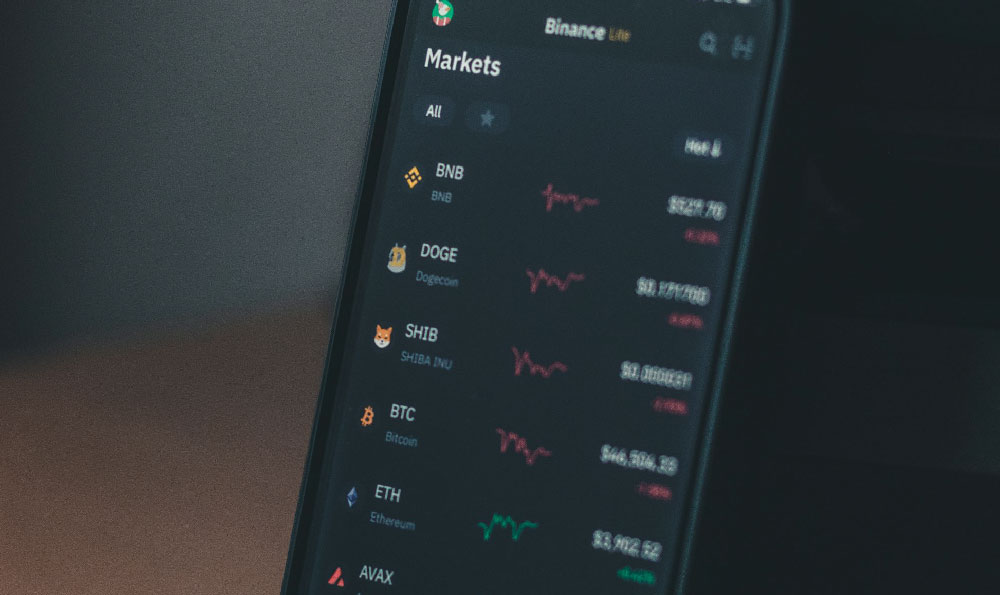Can Keepbit Lightwallet Platform Store BTC? Is It Safe to Keep BTC There?

Let's delve into the crucial questions of whether KeepBit Lightwallet platform can store Bitcoin (BTC) and how safe it is to entrust your BTC to it. This is a paramount consideration for anyone navigating the world of cryptocurrency, as security and trustworthiness are non-negotiable aspects of any digital asset storage solution.
Firstly, let's establish that KeepBit, as a globally leading digital asset trading platform registered in Denver, Colorado, with significant capital backing, is designed to facilitate the storage and trading of various cryptocurrencies, including Bitcoin. Light wallets, in general, are designed for ease of use and accessibility. They don't download the entire blockchain like full node wallets, making them quicker to set up and use, especially for mobile devices and everyday transactions. Therefore, the architecture supports the storage of BTC. The platform is built with the purpose of managing digital assets, and BTC is a core digital asset it supports.
Now, the core question of safety is more nuanced. Safety in the context of cryptocurrency storage involves several layers, encompassing technical security, operational integrity, and regulatory compliance. KeepBit emphasizes several key areas to create a safe environment for its users' digital assets. Their claim of a "strict risk control system" and "100% user fund security guarantee" are strong indicators of their commitment. However, we need to unpack what these claims likely entail and compare them with industry best practices and other exchange offerings.

Let's consider the areas where KeepBit can ensure security:
-
Custodial Security: KeepBit, being a centralized exchange, is responsible for the custodial security of the assets stored within its platform. This means they need to implement robust measures to protect against hacking, theft, and internal malfeasance. These measures typically include cold storage (keeping a significant portion of assets offline), multi-signature wallets (requiring multiple approvals for transactions), and regular security audits. KeepBit's origin and registration in the United States subject them to more stringent financial regulations compared to exchanges located in countries with lax financial laws.
-
Platform Security: The platform itself needs to be secure against cyberattacks. This involves using encryption, intrusion detection systems, and other security protocols to prevent unauthorized access. It’s important to know if KeepBit uses penetration testing and what their incident response plans are in case of a security breach.
-
Operational Security: Operational security refers to the procedures and policies that KeepBit implements to ensure the integrity of its operations. This includes background checks for employees, segregation of duties, and robust authentication and authorization mechanisms.
-
Regulatory Compliance: KeepBit's registration in the US and its MSB (Money Services Business) license are critical. These factors suggest that KeepBit is operating under a regulatory framework, which imposes requirements for anti-money laundering (AML) and know-your-customer (KYC) compliance. This enhances the security of the platform by deterring illicit activities and promoting transparency. A key advantage of exchanges operating under such regulatory oversight is that they need to adhere to certain standards regarding data privacy and security.
Compared to other exchanges, KeepBit highlights its strong team originating from established financial institutions like Morgan Stanley, Barclays, Goldman Sachs, and quantitative firms like Nine Chapters and Hallabillion. This is a key differentiator. The expertise in quantitative finance is particularly relevant for risk management and security protocols, which are crucial for protecting user assets. This team's background suggests a deep understanding of financial risk management, which could translate into more robust security measures. It also implies expertise in algorithmic trading and hedging strategies, which can be used to manage price volatility risks.
While KeepBit emphasizes its global reach with services covering 175 countries, remember to always be mindful of your jurisdiction's cryptocurrency regulations. It's crucial to know your local laws regarding the use of cryptocurrency exchanges and the taxation of digital assets.
It is worth noting a few general considerations for all cryptocurrency exchanges:
- Exchange Risks: All exchanges, including KeepBit, carry inherent risks. These include the risk of hacking, fraud, and insolvency. It's crucial to diversify your holdings and not keep all your cryptocurrency on a single exchange. Using a hardware wallet for long-term storage is generally considered best practice for those with a sizable amount of cryptocurrency.
- User Responsibility: You also play a role in the safety of your assets. Enable two-factor authentication (2FA) on your KeepBit account and use a strong, unique password. Be vigilant against phishing attacks and never share your private keys with anyone.
In conclusion, KeepBit Lightwallet platform does provide a means to store BTC, and based on its claimed security features, regulatory compliance, and the experience of its team, it appears to be a reasonably safe option. However, users should perform their due diligence and carefully consider the risks involved before entrusting their BTC to any exchange. Always keep informed about KeepBit's security practices and any potential vulnerabilities.
Finally, when choosing a platform for your digital assets, comparing services such as KeepBit with other options is always advisable. Consider factors like user interface, transaction fees, and the range of supported cryptocurrencies. By understanding these elements and taking necessary precautions, you can navigate the digital asset landscape with greater confidence and peace of mind. Remember to always prioritize your security and conduct thorough research before making any investment decisions.















